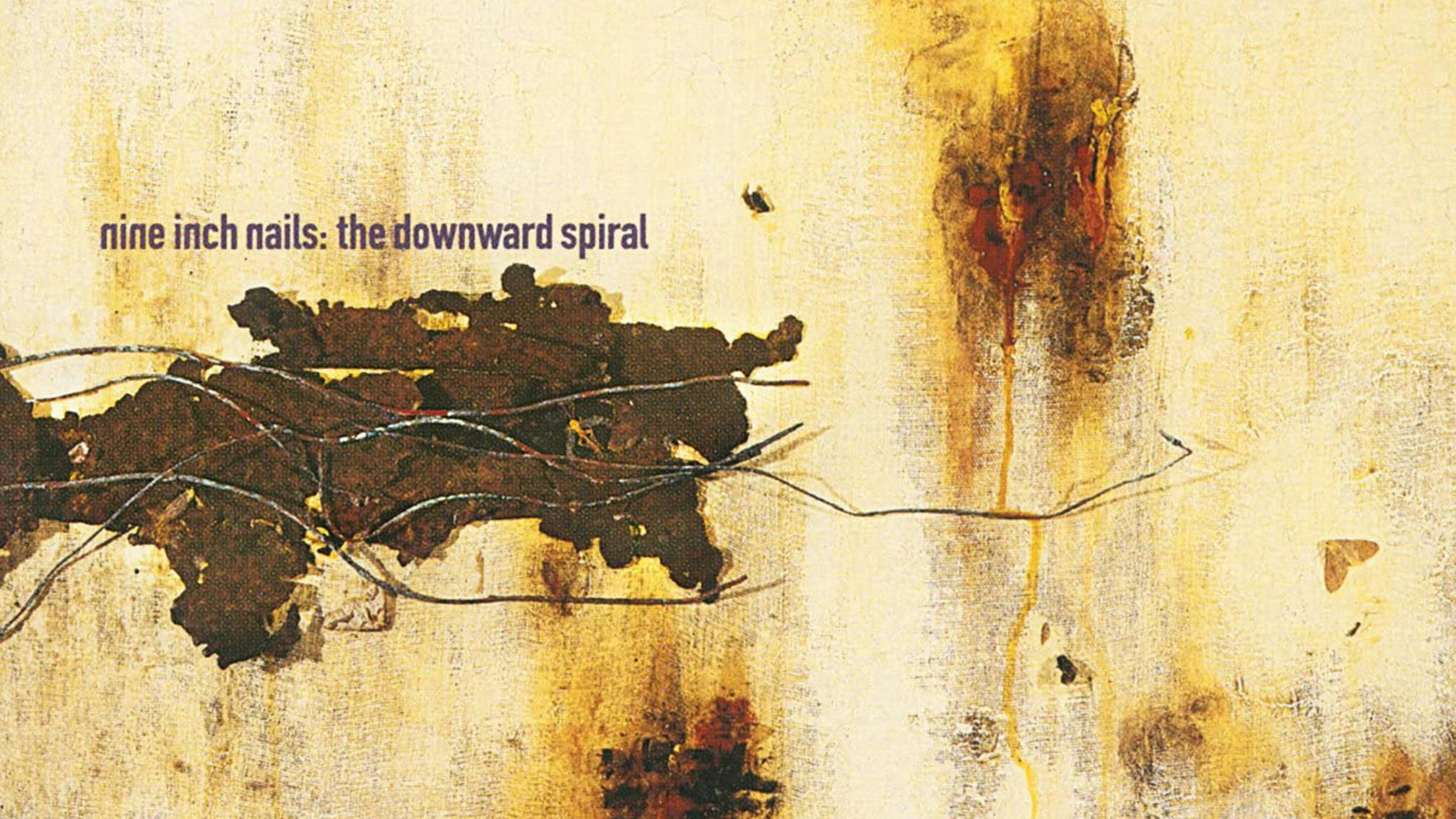In the early hours of August 9, 1969, at 10050 Cielo Drive, four members of the Manson Family brutally murdered five people. These included actress Sharon Tate, the wife of director Roman Polanski, and their eight-and-a-half-month unborn child.
Twenty-three years later, the trip into The Downward Spiral began at that very same address. Trent had moved into the ‘Tate House’ in 1992 to record the Broken EP – secretly working on it in the midst of his dispute with TVT – as well as Fixed, an accompanying collection of remixes. He soon renamed the place ‘Le Pig’, a reference to the word scrawled on the door in Sharon Tate’s blood by her murderers.
Two rock classics were also looming large over his creative thoughts: David Bowie’s 1977 album Low, and Pink Floyd’s 1979 release The Wall. Both featured artists making drastic left turns during fraught periods in their lives. In Bowie’s case, it was his struggle with cocaine, coupled with a sense of dislocation after moving from Los Angeles to Berlin. Pink Floyd, meanwhile, had grown disillusioned with the scale of their shows during 1977’s In The Flesh tour, not to mention the way their audience interacted with them. This culminated in an incident during a show at Montreal Olympic Stadium, when bassist and songwriter Roger Waters spat in the face of one rowdy fan. The Wall was Roger’s exploration of his own horror and the self-imposed isolation it inspired.
The Downward Spiral clearly pulled on threads from both albums. From Low, as illustrated by a largely instrumental second half created with ambient supremo Brian Eno, was the use of synthesisers to build soundscapes that conveyed an atmosphere of disquiet (NIN would, of course, end up supporting David Bowie on his Outside Tour in 1995). From The Wall, The Downward Spiral took the idea of having an overarching concept in which to articulate a sense of frustration and alienation. Trent Reznor, like Roger Waters, had felt the deep undercurrent of negativity that can envelope a rock star on a big stage. And, as Roger Waters had done on The Wall, Trent built an album around a wounded central figure to help him navigate it.
